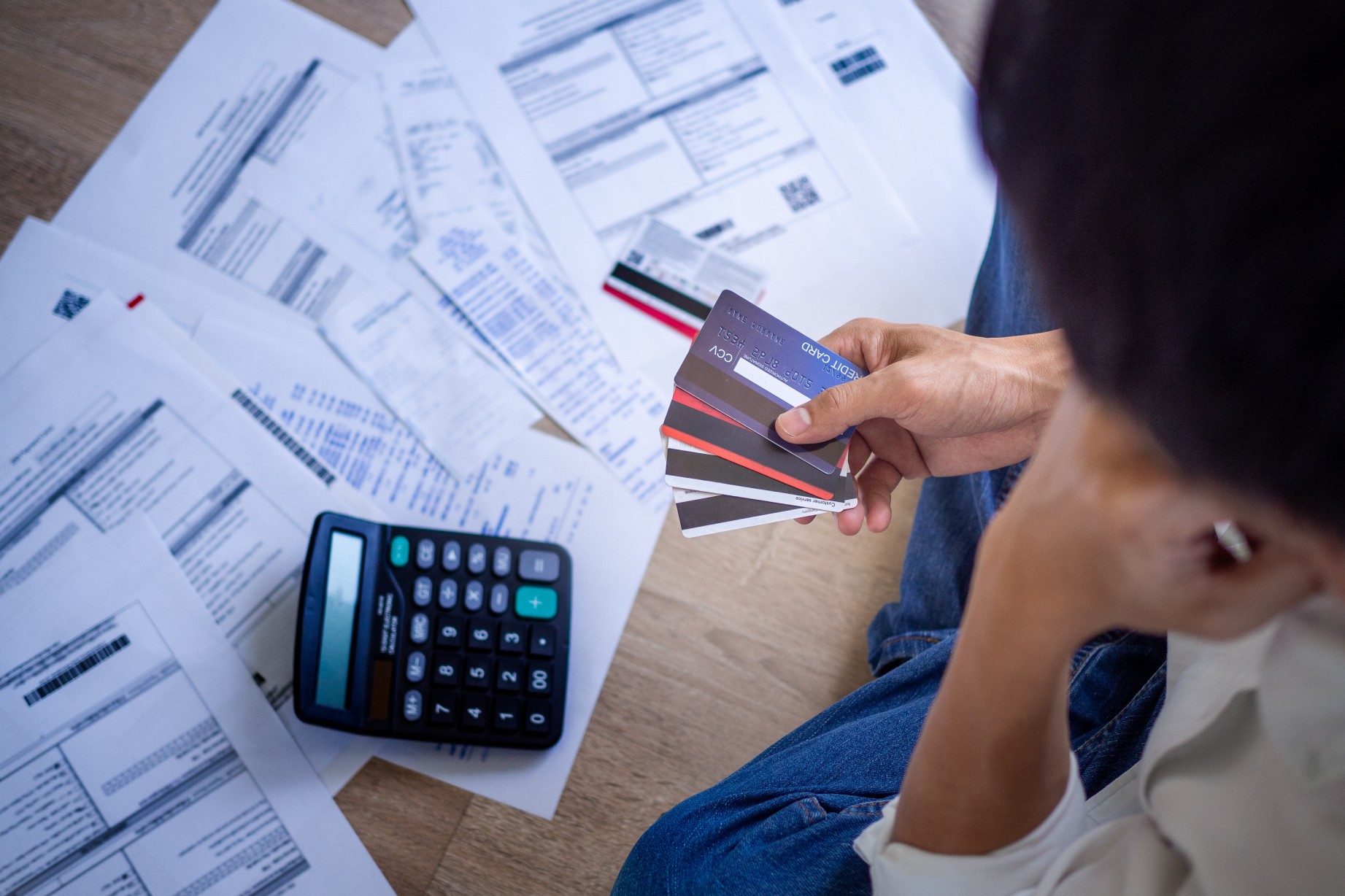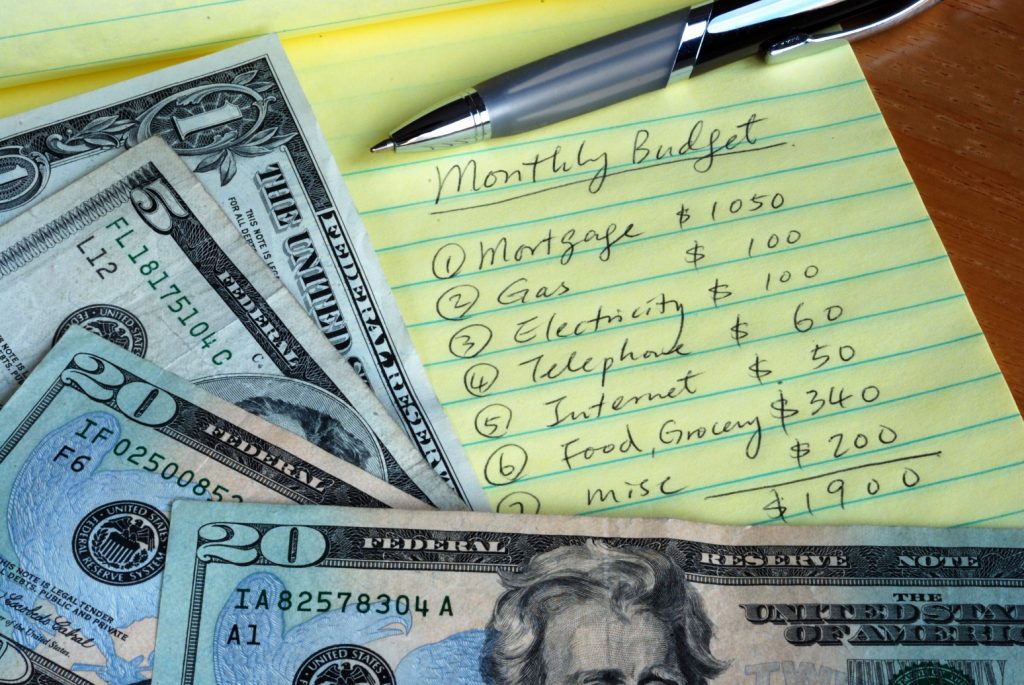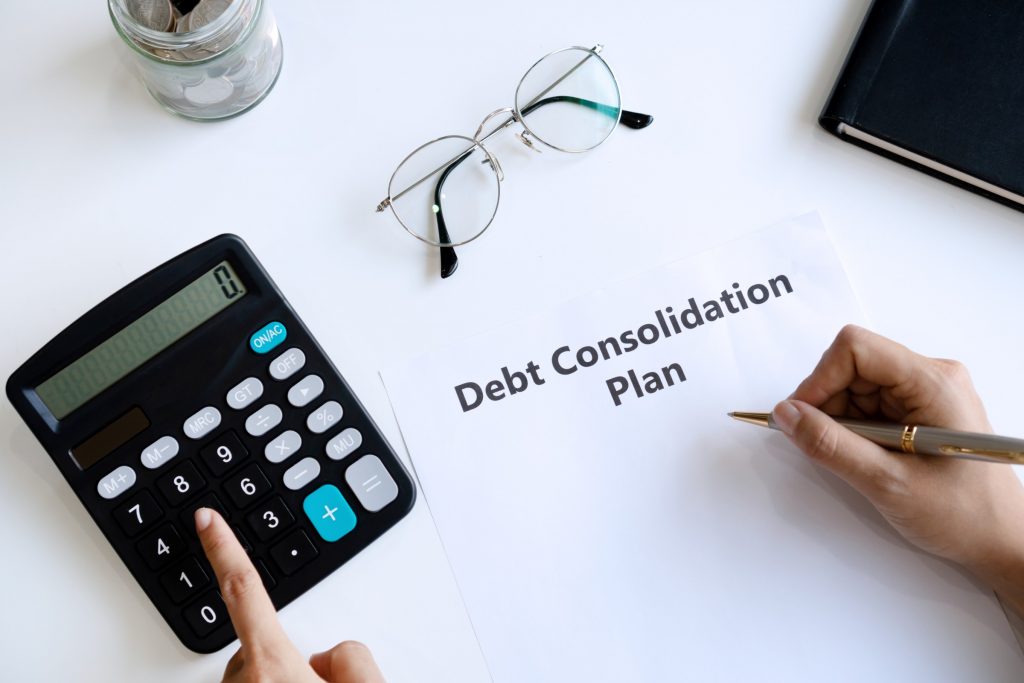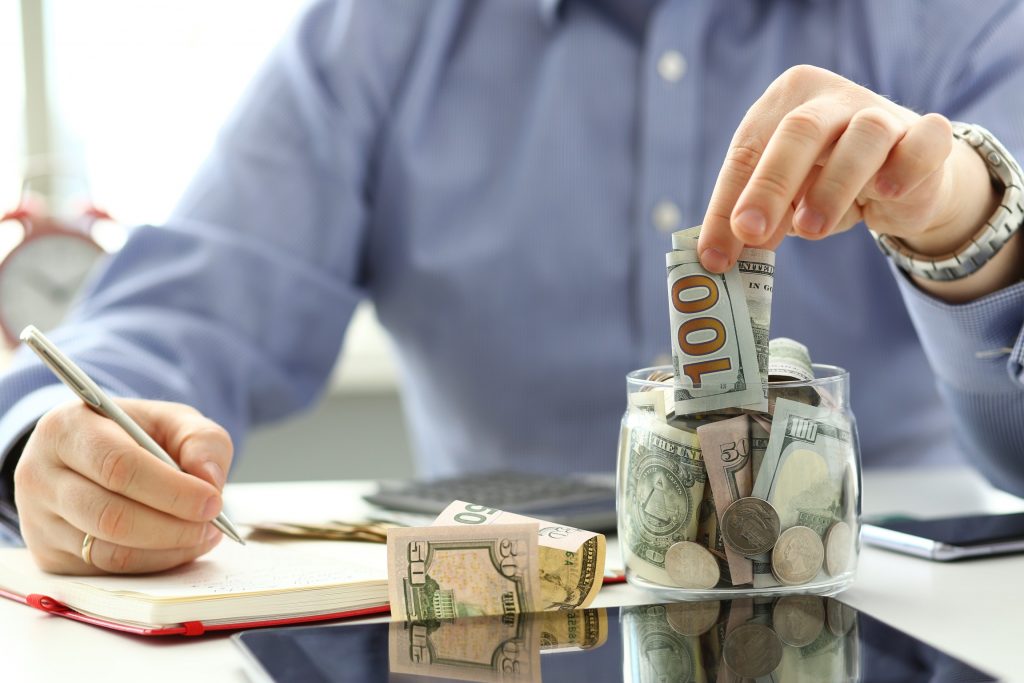How a Rainy Night and Beyoncé Kept DC Metro Running
August 9, 2023
In the captivating world of music and entertainment, artists wield a unique power that extends beyond the boundaries of the stage, leaving an indelible mark on the hearts and minds…

Are you struggling to pay off your credit card debt? If so, you’re not alone. Recent studies show that the average American household carries a credit card balance of $6,473.
This burden can feel overwhelming, but with the right strategies, you can tackle it head-on and work your way towards financial freedom. In this comprehensive guide, we’ll share the top expert tips to pay off your credit card faster and smarter based on the most current trends and information.
By following these proven techniques, you’ll be well-equipped to regain control of your finances and live a debt-free life. Read on to discover how to effectively manage and conquer your credit card debt.
The first step in tackling your credit card debt is gaining a thorough understanding of it. Start by gathering all your credit card statements and creating a comprehensive list of your outstanding balances, interest rates, and minimum payments.
This exercise will not only give you a clear picture of your financial situation but also help you identify which debts are the most urgent to address. By knowing your debt inside out, you can develop an effective strategy for paying it off.
Additionally, this awareness can empower you to make smarter financial decisions and prevent further accumulation of debt in the future. Remember, knowledge is power, and understanding your credit card debt is the foundation for successfully conquering it.
Developing a realistic monthly budget is a crucial step in effectively managing your credit card debt. Start by listing all your income sources and expenses, including fixed costs like rent or mortgage, utilities, groceries, transportation, and discretionary spending like entertainment and dining out.
This comprehensive overview will help you identify areas where you can cut back and allocate more funds towards paying off your credit card debt. Remember to include debt payments as a non-negotiable expense in your budget to prioritize repayment.
Creating a budget also helps you monitor your spending habits and make more informed financial decisions. Be honest with yourself about your financial situation and set achievable goals for reducing expenses.
Regularly reviewing and adjusting your budget will ensure it remains effective and aligned with your current circumstances. By staying committed to your realistic budget, you can take control of your finances, accelerate your debt repayment process, and ultimately achieve financial freedom.

Credit cards with high-interest rates can quickly escalate your overall debt, making it essential to prioritize their repayment. By focusing on paying off the cards with the highest interest rates first, you can save money on interest charges and reduce the time it takes to clear your debt.
This approach, commonly known as the “avalanche method,” involves allocating any extra funds in your budget towards the highest-interest debt while still making the minimum payments on your other cards.
Prioritizing high-interest debts not only makes financial sense but also helps you stay motivated, as you’ll see a noticeable decrease in the amount of interest you’re paying over time.
As you pay off each high-interest card, move on to the next highest-interest debt, and continue the process until all your credit card debts are paid off. This strategic approach can significantly accelerate your journey to becoming debt-free.
The snowball method is another popular strategy for paying off credit card debt that focuses on psychological wins to keep you motivated. Instead of targeting high-interest debts, this method involves paying off your credit cards with the smallest balances first while still making minimum payments on the rest.
As you clear each small balance, you’ll experience a sense of accomplishment that can inspire you to continue tackling your debt.
To implement the snowball method, list your credit card debts from the smallest to the largest balance. Allocate any extra funds in your budget towards the smallest debt, and once it’s paid off, move on to the next smallest balance.
This process creates a “snowball effect,” as your payments gradually grow larger as you eliminate each debt. While this approach may not save you as much in interest charges as prioritizing high-interest debts, it can provide a significant boost to your motivation and confidence in your ability to become debt-free.
Debt consolidation is an effective strategy to simplify and streamline your debt repayment process. By consolidating your debt, you combine multiple high-interest credit card balances into a single loan or credit card with a lower interest rate.
This can not only reduce the total amount of interest you pay but also make it easier to manage your monthly payments.
There are several ways to consolidate your debt, including balance transfer credit cards and personal loans. A balance transfer credit card allows you to move your existing balances onto a single card, often with a promotional low or 0% APR for a limited time.
On the other hand, a personal loan lets you borrow a lump sum at a fixed interest rate to pay off your credit card balances, leaving you with a single, manageable monthly payment.
When considering debt consolidation, carefully compare interest rates, terms, and fees to find the best option for your financial situation. By consolidating your debt, you can gain greater control over your finances and accelerate your journey towards a debt-free life.

Balance transfer credit cards can be a powerful tool for tackling credit card debt when used strategically. These cards often offer a promotional 0% APR for a limited time, providing an interest-free window to pay down your debt.
However, it’s essential to use balance transfer offers wisely to ensure you make the most of their benefits.
Before transferring your balance, consider the following factors:
i) The promotional period: Be aware of how long the 0% APR offer lasts and ensure you have a plan to pay off the balance before the promotional period ends. Once it expires, the regular interest rate will apply, potentially negating any savings.
ii) Balance transfer fees: Some cards charge a fee for transferring balances, typically around 3% to 5% of the transferred amount. Factor this into your calculations when determining if a balance transfer is cost-effective.
iii) Your repayment plan: Calculate how much you need to pay each month to clear the balance within the promotional period. Stick to this plan to avoid accruing interest on the remaining balance.
By carefully evaluating balance transfer offers and using them responsibly, you can save on interest charges and accelerate your debt repayment process.
One of the most effective ways to pay off your credit card debt faster and save money on interest is to increase your monthly payments. While it’s tempting to pay only the minimum amount due, doing so can prolong your debt repayment and result in higher interest charges.
By paying more than the minimum each month, you’ll reduce your principal balance more quickly, thereby reducing your overall interest payments.
To increase your monthly payments, first, review your budget and identify any areas where you can cut back on expenses or allocate additional funds towards your debt. Consider using any extra income, such as bonuses or freelance work, to supplement your payments.
Additionally, as you pay off individual credit card balances, redirect the funds you were using for those payments towards your remaining debts, creating a “snowball” or “avalanche” effect, depending on your chosen repayment strategy.
By committing to higher monthly payments, you’ll significantly accelerate your debt repayment process and achieve financial freedom sooner.
Automating your credit card payments is a simple yet powerful way to ensure you never miss a payment, avoid late fees, and stay on track with your debt repayment plan.
By setting up automatic payments through your bank or credit card issuer, you can eliminate the risk of forgetting a due date or overlooking a payment.
To automate your payments, follow these steps:
i) Determine the amount you want to pay each month, whether it’s the minimum payment, a fixed amount, or the full balance.
ii) Set up automatic transfers from your bank account to your credit card account for the chosen amount, ensuring the transfers occur before each due date.
iii) Monitor your bank account and credit card statements regularly to confirm that the automatic payments are being processed correctly and to stay informed about your debt repayment progress.
Automating your payments not only helps you maintain a good credit score by avoiding late payments but also keeps your debt repayment plan on track, allowing you to achieve financial freedom more quickly.
Unexpected financial windfalls, such as bonuses, tax refunds, or inheritances, can provide a significant boost to your debt repayment efforts when used wisely.
Instead of spending these extra funds on non-essential items or experiences, allocate them towards paying down your credit card debt. This can substantially speed up your debt repayment process and save you money on interest charges in the long run.
To make the most of financial windfalls, consider the following strategies:
i) Prioritize high-interest debts or those with the smallest balances, depending on your chosen repayment method (avalanche or snowball).
ii) Apply the windfall to your debt as soon as possible to avoid the temptation to spend it elsewhere.
iii) Maintain your regular monthly payments, even after applying a windfall, to ensure you stay on track with your debt repayment plan.
By using windfalls responsibly, you can make significant strides in your debt repayment journey, bringing you closer to financial freedom and a more secure future.

Reducing your expenses is a critical component of any debt repayment strategy. By cutting back on non-essential spending, you can free up more funds to allocate towards paying off your credit card debt.
This not only helps you repay your debt faster but also promotes more responsible financial habits in the long run.
To cut expenses, consider the following strategies:
i) Track your spending and identify areas where you can reduce costs, such as dining out entertainment, or subscription services.
ii) Create a shopping list before heading to the grocery store to avoid impulse purchases, and consider buying generic or store-brand items to save money.
iii) Evaluate your monthly bills, such as utilities and phone plans, to identify opportunities for savings, like switching to a more cost-effective provider or negotiating lower rates.
iv) Embrace a more frugal lifestyle by seeking out free or low-cost alternatives for entertainment, socializing, and hobbies.
As you cut expenses and reallocate the saved funds towards your debt repayment, you’ll not only accelerate your progress but also develop healthier financial habits that will benefit you long after your debt is paid off.
Paying off credit card debt may seem overwhelming, but with determination and the right strategies, it’s possible to regain control of your finances and achieve financial freedom.
By implementing these top expert tips, you’ll be well-equipped to make informed decisions, prioritize your debt repayment, and ultimately conquer your credit card debt. As you work through this process, remember to stay committed and focused on your goals.
Your journey may be challenging, but the rewards of a debt-free life are well worth the effort. Take the first step towards financial freedom today and start transforming your financial future.